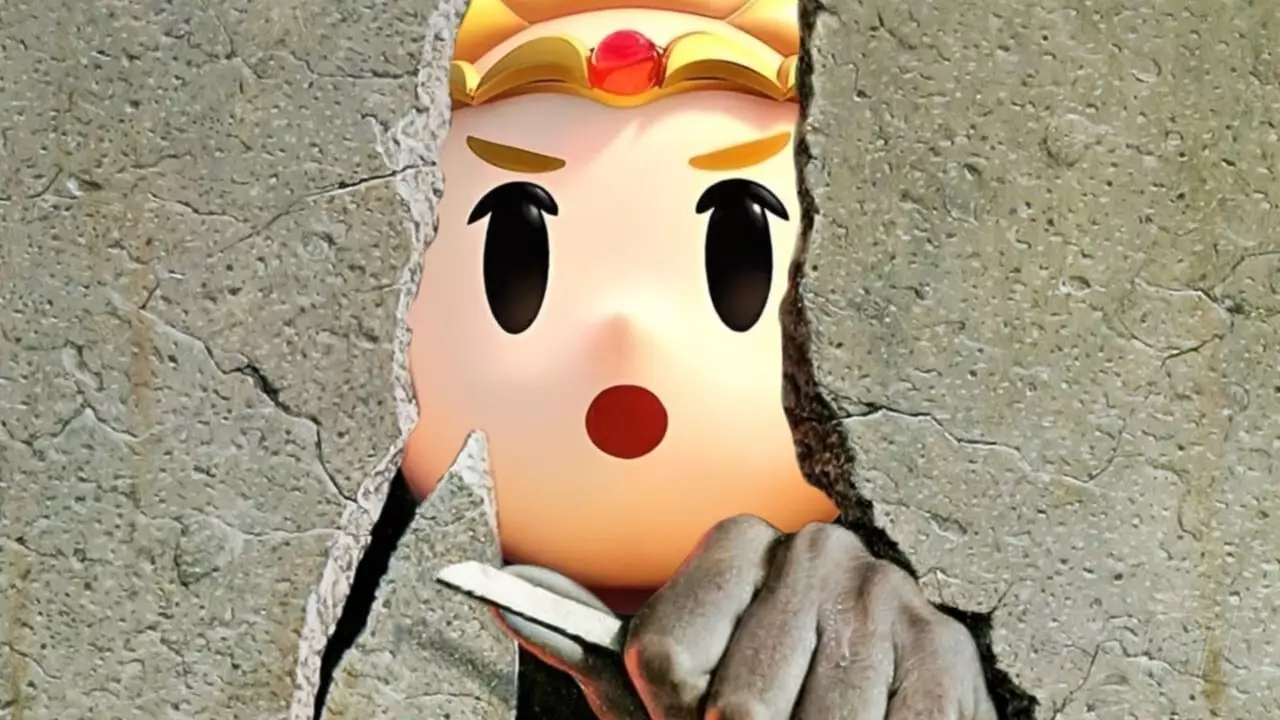The Legend of Zelda franchise has captivated gamers for generations with its rich lore and iconic gameplay. However, as I dove into the latest installment, Echoes of Wisdom, an amusing but serious thought struck me: Hyrule’s prisons are remarkably inadequate. The delightful nostalgia of exploring Hyrule, coupled with the thrill of a new Zelda title, was momentarily overshadowed by a glaring flaw—poorly designed cell structures that seem to invite escape rather than thwart it.
A Blunt Introduction: A Heroic Escape
From the very outset of Echoes of Wisdom, I was immersed in the game’s storytelling and design. Yet, the moment I witnessed our hero’s confinement in a cell, a pattern began to emerge. How has the Hylian monarchy allowed such glaring oversights in their security infrastructure? With a massive hole above the bench in the cell, it took mere moments for me to employ my powers and lead my character, Link, to freedom. While the simplicity of the solution is refreshing for newcomers, I couldn’t help but think back on a historical progression of impractical escape protocols across the Zelda series.
Consider the egregious lapse of security: if your prison has a hole in the wall, might it not be wise to at least cover it? Surely it’s a basic oversight—yet there it is, a constant in the design of Hyrule’s jails. The very fabric of Hyrule’s incarceration system appears haphazardly stitched together, as if they were more concerned about aesthetic than efficacy.
Hyrule’s prisons don’t seem to account for the ingenuity of their inmates. For instance, in Twilight Princess, Link finds himself once again evading captivity within seconds, regardless of being chained and confined. The real question arises: why such flimsy attempts at confinement? A wooden crate is no barrier against the more resourceful prisoners. It’s as though the prison guards are merely going through the motions rather than employing any intelligence or foresight.
Additionally, take a look at A Link Between Worlds. The Thieve’s Hideout is an improvement, yet still falls short of robust security measures. A conspicuous switch that opens a critical door is left unguarded and readily accessible to any prisoner. What were the designers thinking? Hiding fundamental control mechanisms within easy reach seems counterproductive. The illusion of security is maintained only through the absence of the right button-pushing skills, a game mechanic that relies more on luck than clever design.
Echoes of Wisdom: A Continuing Trend
As I progressed through Echoes of Wisdom, it became clear that the poor state of Hyrule’s prisons is not a relic of earlier games. Instead, it appears to be a trend that continues into this newest chapter. The design team may aim for a laid-back experience for players, but at what cost? The survival of the kingdom rests in the hands of convenience and simplicity in the face of what should be serious consequences.
By now, it should be evident that if adverse outcomes await unsuspecting captors, clever countermeasures should be employed. In a kingdom perpetually battling malevolent foes, would it not be prudent to adopt rigorous security protocols as a priority? After all, the stakes are high. No kingdom can thrive when its worst villains easily slip from its grasp.
Within the game lore, it’s noted that many of these jails are merely meant to temporarily hold foes. Still, the sheer leniency depicted raises troubling questions about how Hyrule approaches incarceration. Does the kingdom assume the nature of its foes mandates a level of trust that clearly hasn’t been earned? As amusing as these jailbreaks might be, they reflect a fundamental failure in security.
Great storytelling and engaging gameplay should also account for internal logic—where are the consequences tied to these oversights? Hyrule deserves a shift in narrative, one that acknowledges its perilous situation by transitioning security measures from comical to feasible.
A Call to Action
In contemplating these observations, I hope for the day when Hyrule’s prisons evolve from sources of amusement to bastions of true captivity. The absurdity of current systems distracts from the heroic quests that have defined The Legend of Zelda series. As players, we envision a rich world where cunning adversaries are met with equally clever traps, rather than lackluster lattices that beg to be circumvented. Until then, as we venture forth in Echoes of Wisdom and beyond, let’s enjoy the thrills, but also ponder the wisdom—or lack thereof—behind Hyrule’s criminal justice system.


Leave a Reply